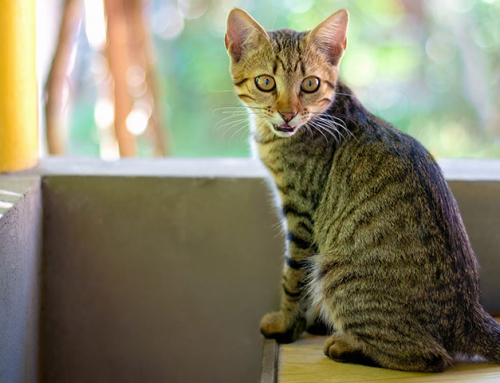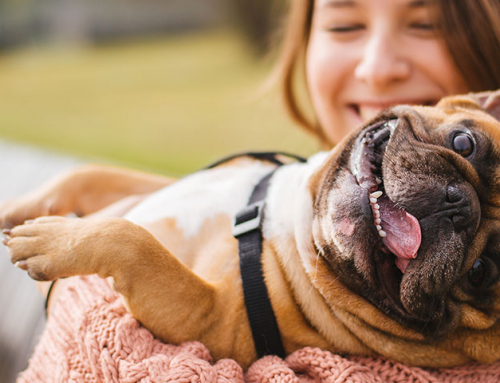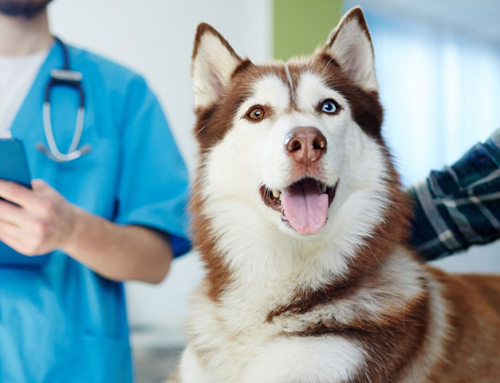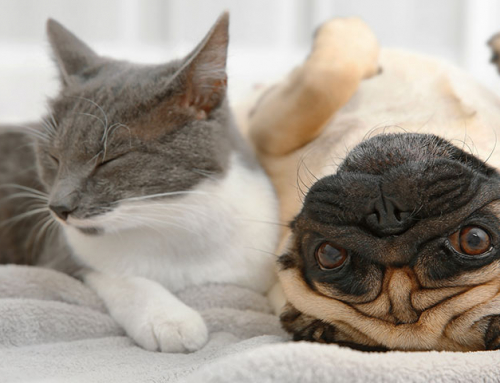This week I had a client ask how to change her pet from one type of insulin to another, and if she could do it during her upcoming vacation.
Before you make the choice to change (which can be an expensive endeavor), we want to make sure you are making the most of the insulin you are currently using. Are you giving it as directed by your vet? Are you feeding as directed, or is someone in the family sneaking lots of inappropriate or mid-meal snacks? Has your vet watched your technique of drawing up the appropriate amount and injecting the insulin into your pet? Are you changing vials of insulin as directed by your vet, or has it gone expired? If you have a cat, are you feeding low carbohydrate (canned only) food? These are basic questions to consider before switching to a new type of insulin. After all, it’s not just a new vial/pen of insulin you will need to purchase. You will likely have to change syringes as well. It’s financially costly and can take time to find the right dose of the new insulin. If you are disregarding basic suggestions and haven’t achieved glucose regulation, changing to a new insulin without adhering to your vet’s recommendations may make no difference at all.
Why would you change? In general, if we achieve most of the blood glucose values under 300 mg/dl we probably won’t see the clinical signs of diabetes that affect a pet’s quality of life. Heck, a pet drinking and peeing excessively affects the pet owner’s quality of life, too! My “big picture” goal for a diabetic pet is to have most of the numbers of a glucose curve to be under 300, and to have the curve bottom out somewhere around 100. A glucose curve tells us how long the insulin lasts in a particular pet. It also tells us if we can safely increase the dose. For example, if the curve bottoms out at say 50 mg/dl, we cannot increase the dose and should actually decrease the dose a bit. Running blood glucose curves and sharing the results with your veterinarian is the best way to determine the best dose for your pet. On occasion, your vet may opt to change to a different insulin.
Sneak up on that dose! Whether I am starting a newly diagnosed diabetic on insulin for the first time, or whether I am changing a pet already on insulin to another type of insulin, I start at the low end of the dosing recommendation for that type of insulin. Some pets will need more insulin and some pets will require less insulin. And some insulins are more potent than other insulins. We don’t know the magic dose until we try it in a pet. If we start at a dose that is too high for a particular pet, the blood glucose may drop too low and the liver will respond by making glucose. This is called the Somogyi swing and can be extremely confusing. It can be downright hard to identify the Somogyi swing, too! If we start low and gradually increase the dose we are less likely to encounter this phenomenon. It is best to start low, run a blood glucose curve in 5 to 7 days, then re-evaluate the dose.
As always, I enjoy hearing from our readers and clients. You can email me at [email protected]. I get a lot of our article topics from questions by readers.
NOTE: Consult your veterinarian to confirm that my recommendations are applicable for the health needs of your pet.






Why change, you ask? Because Vetsulin isn’t working for my 7 lb min pin, no matter what dose we use. On 3 units, her levels went from 90 to 500 in about 5 hours. The last time we tested at 2.5 units, it seemed okay, then she went in for GI distress, and they found her glucose was in the 400-500 range. Thousands of dollars worth of blood glucose curves in just 5 months, and all my vet wants to do is keep doing the curves (or Freestyle Libre) at $200 – $400 a pop, and bouncing the dose between 2.5 and 3 units. I think it’s time we made a change! So what do I need to know about changing insulin? Why is my vet resistant to trying it? What are the considerations and dosing implications? Please shed some light, because all this post does is question the questioner without providing any answers!
If you are making the most of the insulin you currently use and have been unable to achieve regulation, then yes, you can change the type of insulin for your pet with guidance from the veterinarian who is managing the care. As I said in this article written 6 years ago, if you change the type of insulin you will want to start at the low end of the dosing range and check a blood glucose curve in 5 to 7 days to evaluate the dose. Insulin requirements vary from pet to pet. Some pets absorb or metabolize insulin faster than other pets. Some pets may yet have some insulin production. If you feel you’ve given the current insulin every opportunity, ask your vet to change. If your vet is resistant or u comfortable, you might consider seeking an internist as it sounds that your sweetie is not the easiest diabetic to manage. I’m sorry you and your pet gone through so much.
Dr. Sutton,
Though I like our Veterinarian, his knowledge is limited
regarding diabetes management for our dog, Taylor. So, I trust your newsletters
for up to date information. This newsletter surprised me, I was under the
impression glucose levels Over 300 could be deadly for her. I usually test her
2-3 times a day, ….but if I can keep her around 200, I can test less and
feel less stressed about her health.